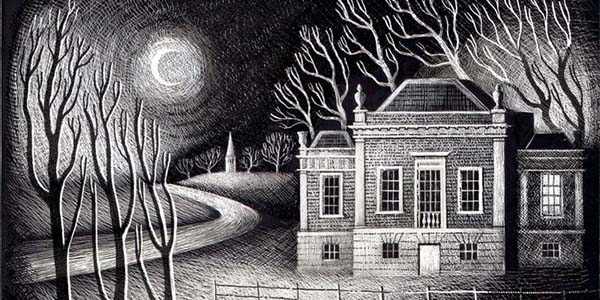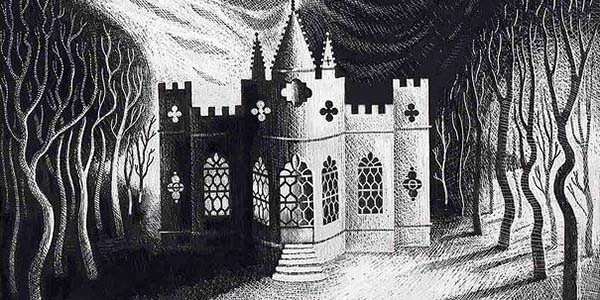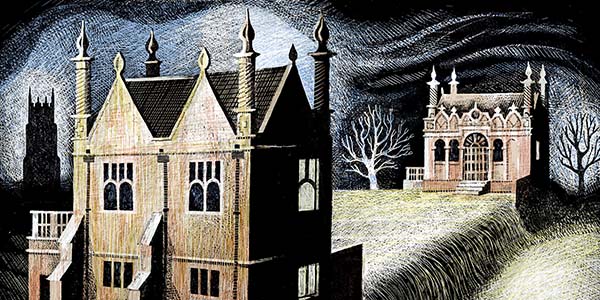Researching the subject of a piece is as important as the making. I've studied many historic buildings both existing and demolished, searching through archives for architect's plans, descriptions, sketches and engravings. As a (non-Landmark!) example, I recently made a trip to the Bodleian Library in Oxford to view an extraordinary folio of 17th century drawings relating to a long-vanished country house in Berkshire called Hamstead Marshall.
The site of the house, destroyed by fire in 1718, has returned to meadow - a gentle dip indicating where the house stood and elaborate brick and stone gate piers topped by urns marking old entrances to the extensive formal gardens. It is a peculiar and uncanny landscape. The drawings made by the architect Balthazar Gerbier in the Bodleian folio are vivid conduits to what once existed.

Vibrant watercolour designs for gates topped by griffins, schemes for plaster ceilings and complete floor plans showing the vast scale of the house. These tantalising documents are far more intriguing and inspiring due to the absence of the house.
Back in the studio any archive material I have collected will form the basis for a series of sketches mapping out the form of a building with the aim of achieving a satisfying perspective and composition. I principally work with paper collage however I also make prints (lino cut, screenprint and drypoint) and scraperboard drawings.
I find paper collage a satisfying medium to work with and have been pushing the process towards realism over the last few years. The act of building up layers of paper, creating a depiction of a structure, is more akin to model making, in some ways, than painting or drawing. Each element is cut from hand coloured paper and applied with archival glue. I will often work back over the finished collage with various mediums to create areas of light and shade.

Certain structures seem to work better with a particular medium. In the case of the Landmark Trust buildings, their fanciful forms often demand a more theatrical or illustrative handling using scraperboard. This medium, dating from the early 20th century, is usually made up of a wooden panel coated with gesso and a fine layer of black ink over the top. By scratching the black surface, the white beneath is revealed. This allows an image with strong contrasts and flowing lines to be built up using fine marks. I have used this process to create images of the Dunmore Pineapple, Belmont and the Chateau at Gate Burton, to name a few.

There seems to be a never-ending source of buildings to depict and the Landmark Trust has been a constant source of inspiration. Their sensitive restorations and revivals allow buildings to speak and function as living structures - in some ways this is akin to the motivation behind my pieces.
To find out more about Ed Kluz please click here